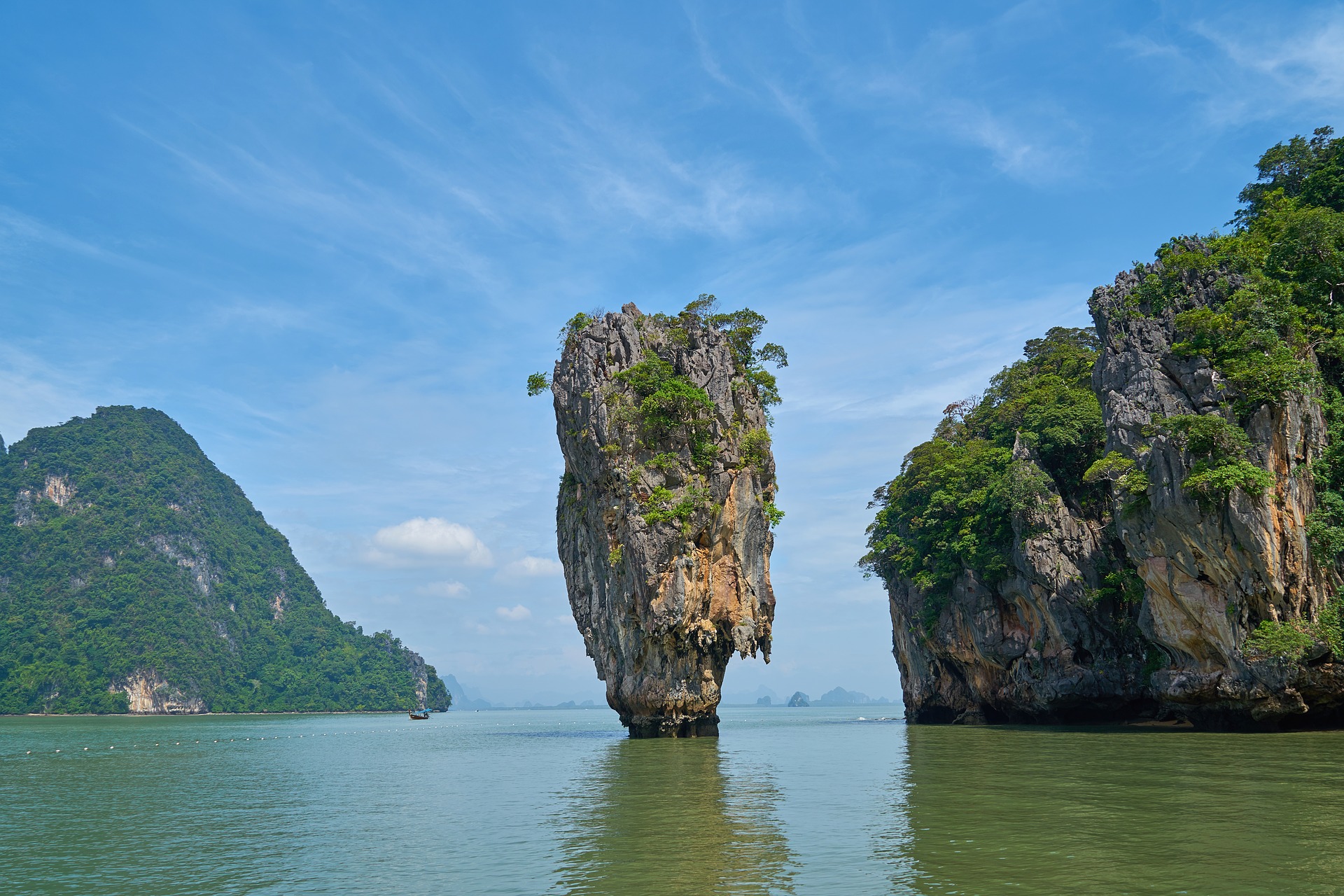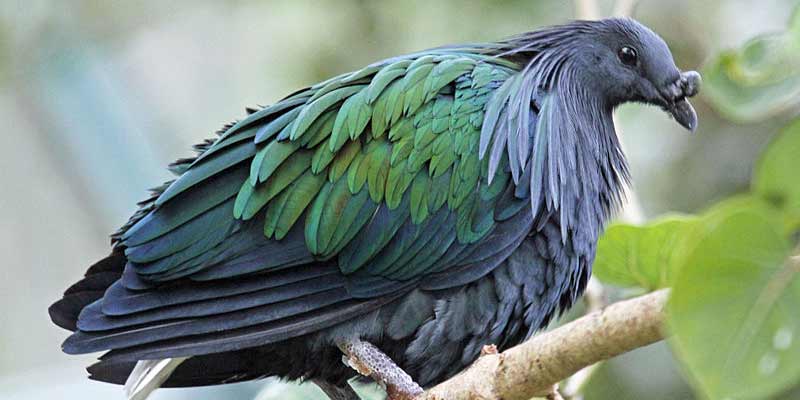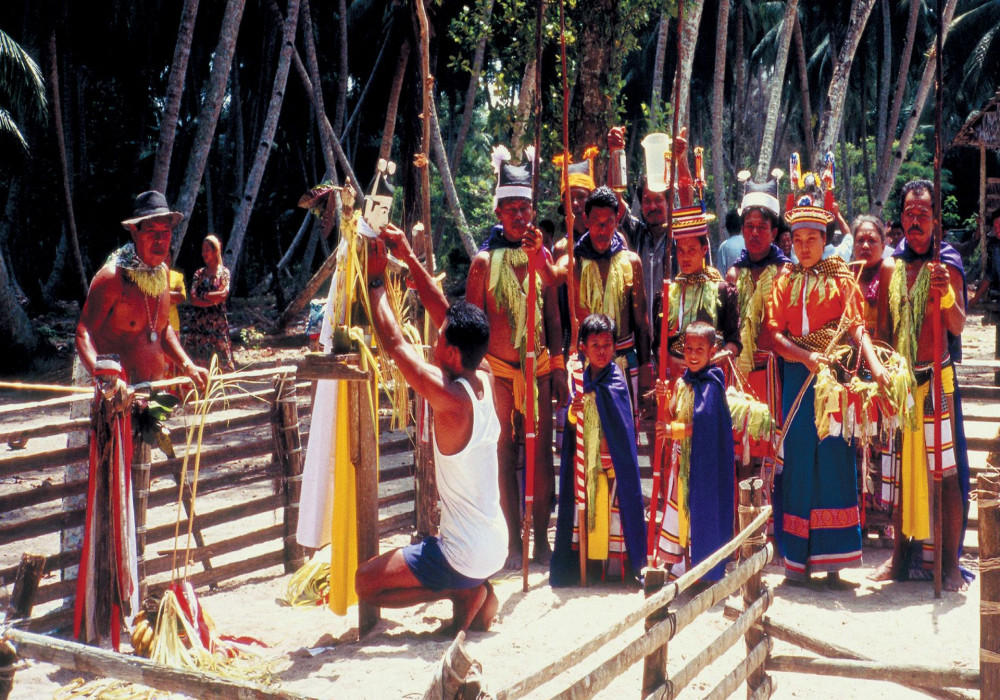Serene Nicobar Islands in Andaman and Nicobar Exploring the Beautiful
The Nicobar Islands are a group of islands located in the eastern Indian Ocean, situated in the Andaman Sea. They are part of the Andaman and Nicobar Islands, an archipelago consisting of 572 islands, of which only 37 are inhabited. The Nicobar Islands are known for their beautiful beaches, diverse flora and fauna, and unique culture. In this article, we will take a closer look at the Nicobar Islands and explore what makes them so special.
 |
| Serene Nicobar Islands in Andaman and Nicobar Exploring the Beautiful |
History of the Nicobar Islands
The Nicobar Islands have a rich history, with the earliest recorded inhabitants being the Shompen tribe. They were later joined by other tribes, including the Nicobarese, who arrived from Burma and Thailand. The islands were also visited by traders from Arabia, China, and Europe, who traded spices, coconut products, and pearls.
During the colonial era, the Nicobar Islands came under British rule and were administered as part of the Andaman and Nicobar Islands. The islands were heavily bombed during World War II and were later used as a penal colony by the British.
Today, the Nicobar Islands are home to a unique mix of cultures and traditions, with the indigenous tribes still practicing their own customs and beliefs.
 |
| Serene Nicobar Islands in Andaman and Nicobar Exploring the Beautiful |
Geography and Climate of the Nicobar Islands
The Nicobar Islands are located south of the Andaman Islands and are separated from them by the Ten Degree Channel. The islands are divided into two groups: the Great Nicobar Islands and the Little Nicobar Islands. The largest island in the Nicobar group is Great Nicobar, which is approximately 1045 square kilometers in area.
The climate in the Nicobar Islands is tropical, with temperatures ranging from 22 to 30 degrees Celsius throughout the year. The monsoon season lasts from May to September, with heavy rainfall and high humidity.
Flora and Fauna of the Nicobar Islands
The Nicobar Islands are home to a diverse range of flora and fauna, with many species found nowhere else in the world. The islands are covered in dense tropical forests, with mangrove swamps along the coastlines.
The Nicobar Islands are also home to several endangered species, including the Nicobar megapode, a bird that builds its nests using heat from volcanic activity, and the Nicobar shrew, a small mammal found only on the islands.
 |
| Serene Nicobar Islands in Andaman and Nicobar Exploring the Beautiful |
Culture and Traditions of the Nicobar Islands
The Nicobar Islands are known for their unique culture and traditions. The indigenous tribes of the islands, including the Shompen and Nicobarese, have their own languages, customs, and beliefs.
The Nicobarese people are known for their skill in weaving, with their traditional mats and baskets being highly prized. They also have a rich musical culture, with traditional songs and dances performed during festivals and ceremonies.
The Shompen tribe, who are the most isolated of the indigenous tribes, are known for their hunting and gathering skills. They have their own unique language, which is still spoken today, and their own beliefs and customs.
 |
| Serene Nicobar Islands in Andaman and Nicobar Exploring the Beautiful |
Tourism in the Nicobar Islands
The Nicobar Islands are a popular tourist destination, with their beautiful beaches, clear blue waters, and unique culture attracting visitors from around the world. However, due to their remote location and the restrictions on travel to certain areas, tourism in the Nicobar Islands is carefully regulated.
Visitors to the Nicobar Islands can enjoy a range of activities, including snorkeling and scuba diving, trekking, and birdwatching. The islands are also home to several wildlife sanctuaries, where visitors can see the unique flora and fauna of the islands up close.Getting to the Nicobar Islands
Getting to the Nicobar Islands can be a bit of a challenge, as there are restrictions on travel to certain areas and the islands are not as well-connected as other popular tourist destinations in India.
The closest airport to the Nicobar Islands is in Port Blair, which is the capital city of the Andaman and Nicobar Islands. From there, visitors can take a ferry to the Nicobar Islands, which takes around 6-8 hours depending on the weather conditions.
It is important to note that some areas of the Nicobar Islands are off-limits to tourists, as they are inhabited by the indigenous tribes who wish to maintain their isolation from the outside world. Visitors are required to obtain permits from the government before traveling to the Nicobar Islands, and it is recommended to hire a local guide who can help navigate the restrictions and ensure a safe and respectful visit.
 |
| Serene Nicobar Islands in Andaman and Nicobar Exploring the Beautiful |
Accommodation in the Nicobar Islands
Accommodation options in the Nicobar Islands are limited, with most visitors staying in government-run guesthouses or homestays. These accommodations are basic but comfortable, and provide a unique opportunity to experience the local culture and way of life.
There are also a few resorts and hotels on the larger islands, such as Great Nicobar, but these can be quite expensive and may not offer the same level of cultural immersion as the guesthouses and homestays.
read more:Exploring the Mysterious Barren Island
Conclusion
The Nicobar Islands are a truly unique and special destination, offering visitors a chance to experience a different side of India. With their beautiful beaches, diverse flora and fauna, and rich culture and traditions, the Nicobar Islands are a must-visit for anyone looking for an off-the-beaten-path adventure.
While getting to the islands and navigating the restrictions on travel can be a challenge, the rewards of experiencing this untouched paradise are well worth the effort. So why not pack your bags and head off to the Nicobar Islands for your next adventure?
read about more: Andaman and Nicobar
FAQs
Is it safe to visit the Nicobar Islands?
While the Nicobar Islands are generally safe for tourists, it is important to be respectful of the local customs and traditions and to obtain the necessary permits and guidance before traveling to certain areas.
What is the best time to visit the Nicobar Islands?
The best time to visit the Nicobar Islands is between October and May, when the weather is dry and sunny.
What activities can I do in the Nicobar Islands?
Visitors to the Nicobar Islands can enjoy a range of activities, including snorkeling and scuba diving, trekking, birdwatching, and cultural tours.
Can I visit the indigenous tribes in the Nicobar Islands?
It is generally not allowed to visit the indigenous tribes in the Nicobar Islands, as they wish to maintain their isolation from the outside world.
What is the cuisine like in the Nicobar Islands?
The cuisine in the Nicobar Islands is a unique blend of Indian, Thai, and Burmese influences, with an emphasis on seafood and coconut-based dishes.

Post a Comment